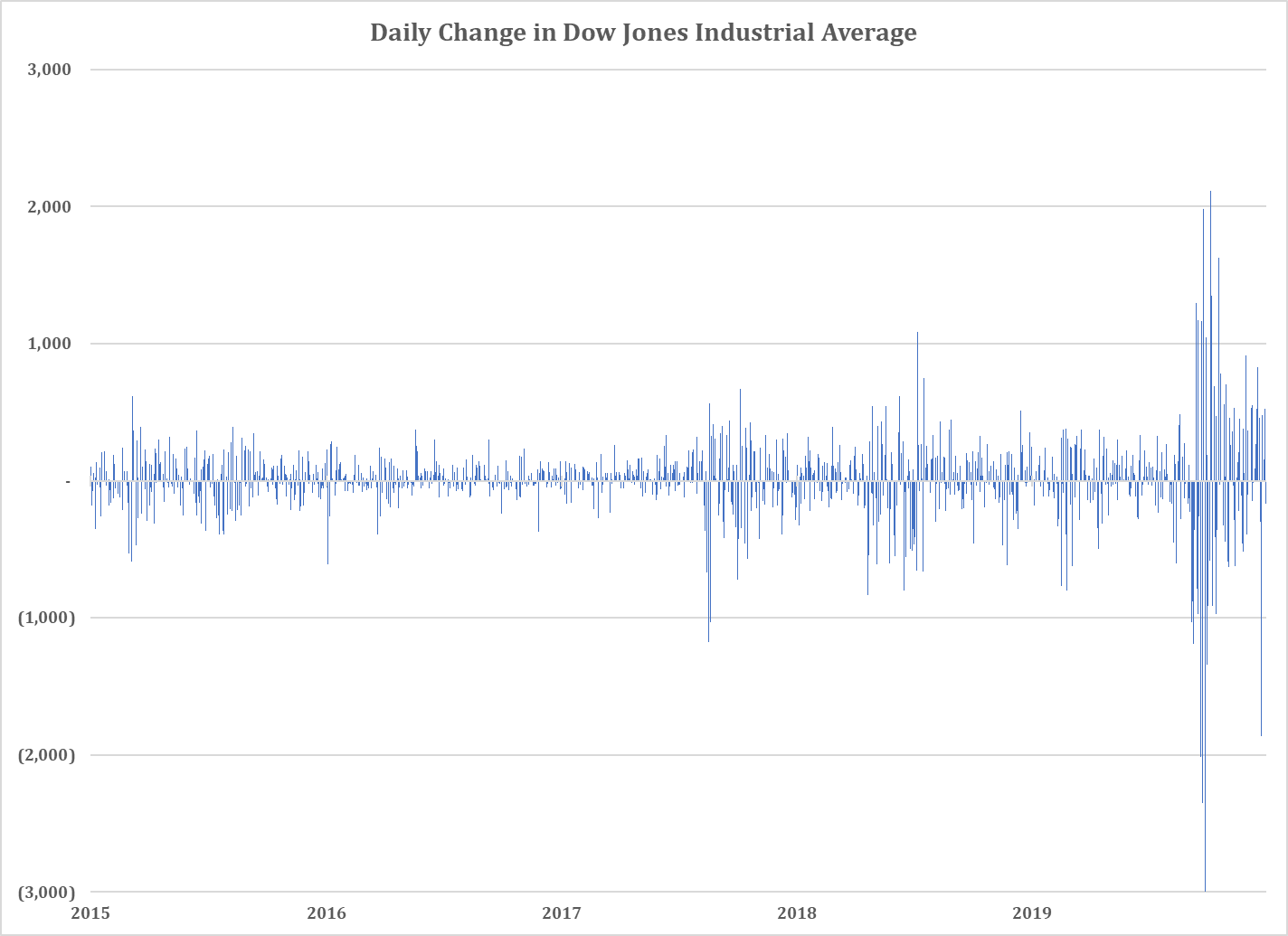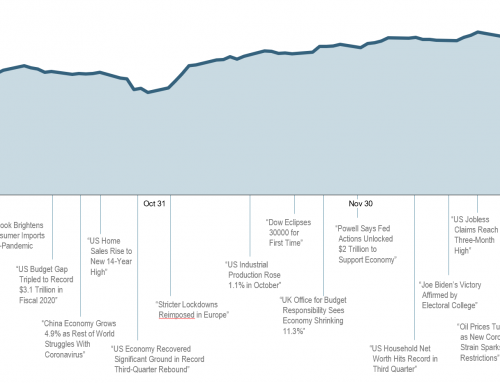When I was about 15 years old, my dad invited me to accompany him on a business trip to Washington DC and New York. He travelled frequently for work and would take one of us kids occasionally to see the rest of the world outside of the intermountain west.
I remember feeling pretty important on this trip because (a) I was the only child travelling with dad on this trip, and (b) we flew on big airplanes to big cities and stayed in big hotels. As I said, my dad travelled frequently for work so this was no big deal for him, but for a 15-year-old boy from small-town Idaho, I was feeling pretty important.
The airplane ride was great; not only did the flight attendant let me have a sugary Coca-Cola (mom never would have allowed that), but she kept coming back to refill it, no questions asked.
It was great, that is, until we hit a patch of turbulence. I had never experienced that before. We started bouncing around, hit a big air pocket, and my Coke went airborne – splashing all over my shirt, hands, and the poor person next to me. All the sudden, I did not like flying. I was scared, convinced we were about to die. My palms were sweaty, I had a pit in my stomach, and I felt light-headed (I’m sure the color in my face reflected that).
My dad, meanwhile, didn’t even look up from his newspaper. Somehow all the bouncing around didn’t seem to bother him at all. I couldn’t figure him out.
Fast forward a couple decades and I realize I’ve become my dad. Earlier this year on a flight out of Denver, the turbulence was especially rough. Enough so that the lady next to me shrieked a couple times, her white-knuckled hands clutching the armrests while we bounced around and were pitched side-to-side for a bit. Though certainly not pleasant, I realized I wasn’t having the same experience the poor lady next to me was, even though we were on the same airplane at the same time going through the same rough air.
Frequent flyers will give you some tips on handling the uncomfortable – but very normal and routine – patches of rough air:
- Put your feet flat on the floor, your back firmly into the seat, and either fold your arms or rest them on the armrests. The more contact area your body has with the seat, the more stable you’ll be.
- Lay your head back against the headrest and close your eyes (as long as that won’t make you sick). If you try and read a book or look toward the front of the plane, the more you’ll notice how much you’re moving.
- As hard as it is, relax your muscles and take long, deep breaths. You’re naturally tense during turbulence – it’s your body’s fight-or-flight system sensing something is not right. Overpower that chemical response by mentally forcing your muscles to relax.
- Don’t look out the window, and especially not at the wing. Watching that wingtip bounce around isn’t particularly comforting.
- Just think – this too, shall pass. It’s typically weather related. This aircraft was engineered by very smart people to withstand things like this.
- And above all else, just remember, turbulence is very rarely – extremely rarely – ever fatal. Over the whole history of modern commercial aviation, the number of jetliner crashes caused by turbulence, even indirectly, can be counted on one hand. Pretty unbelievable track record, considering there are some 40,000 commercial flights per day in the US alone.
Recently, the market hit a nasty patch of turbulence. Record-level turbulence. When I plot the last 5 years of daily changes for the Dow:

Can you tell where Corona hit? March 2020 was the most volatile market period on record, ever.
So, whether you were the white-knuckled, shrieking Denver lady, or more like my dad – didn’t even look up from his newspaper – here are some tips to handle the uncomfortable, but very normal and routine patches of rough air in capital markets:
- Put your feet flat on the floor and remember you have a long-term financial plan in place.
- Lay your head back against the headrest and close your eyes (as long as that won’t make you sick). If you stay glued to the daily news or social media, the more you’ll notice how much things are moving. Just remember, the media profits by selling you fear or greed, and they are very, very good at it.
- As hard as it is, relax your muscles and take long, deep breaths. You’re naturally tense during turbulence – it’s your body’s fight-or-flight system sensing something is not right. Overpower that chemical response by forcing your muscles to relax. Turn off the TV. Go for a walk.
- Don’t look at the markets on a daily basis (you’ve hired us to do that anyways), and especially not at the minute-by-minute price swings. Just like looking out the window at the wingtip, watching that little market price dot bounce up and down on the computer screen isn’t particularly comforting.
- Just think – this too, shall pass. It’s typically ‘weather’ (current events) related. Your financial plan was engineered by very smart people (well, at least us, anyway ????) to withstand things like this.
- And above all else, remember, the market has never NOT come back and created new all-time highs after every bear market or patch of rough turbulence. Not once, ever. Not after World War I, World War II, Korea, Vietnam, oil embargoes, stagflation, high interest rates, 1987 market crash, Gulf War, 9/11, Iraq, Afghanistan, 2008, China vs US, and now, COVID-19. We’ve been here before, and we’ll be here again.
Enjoy your sunny, Father’s Day weekend —

* * * * *
Speaking of dads…… here are a couple of my favorite bad dad jokes in honor of all our dads this weekend:













